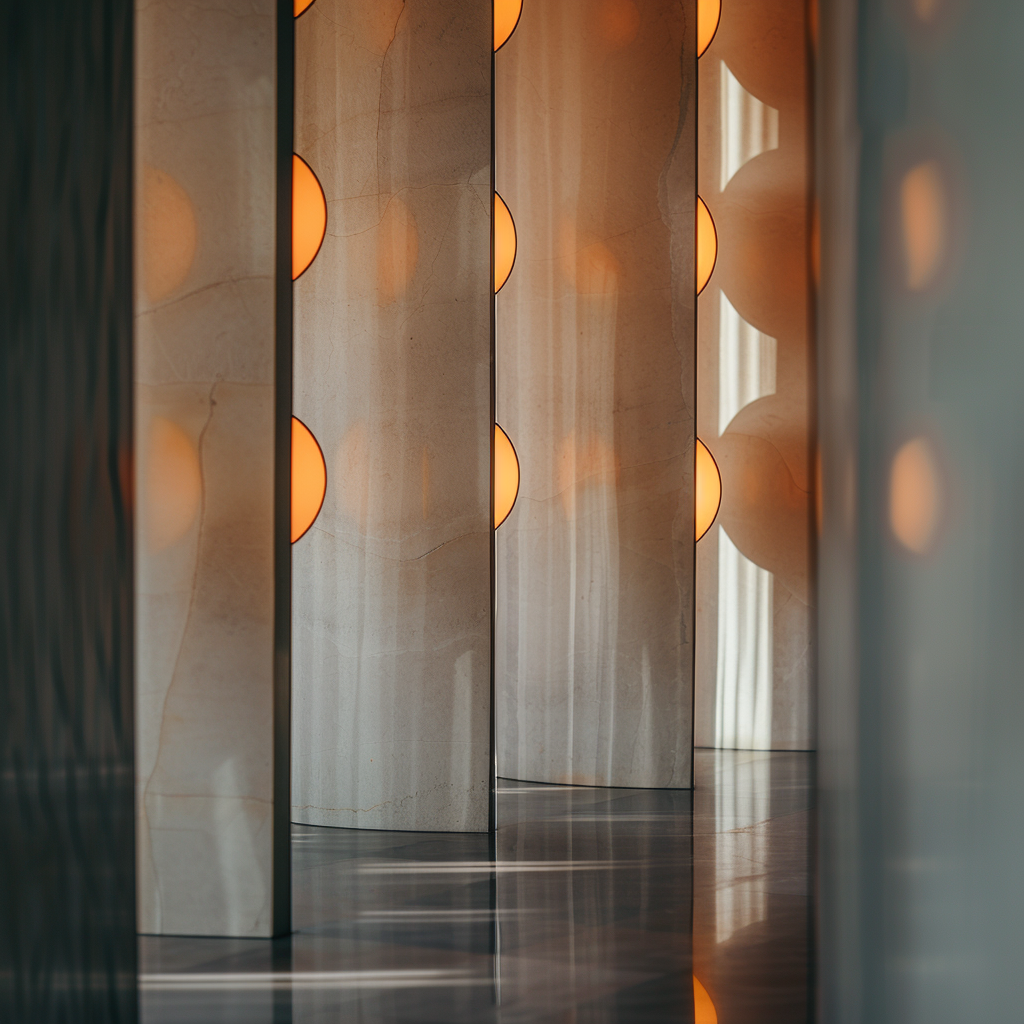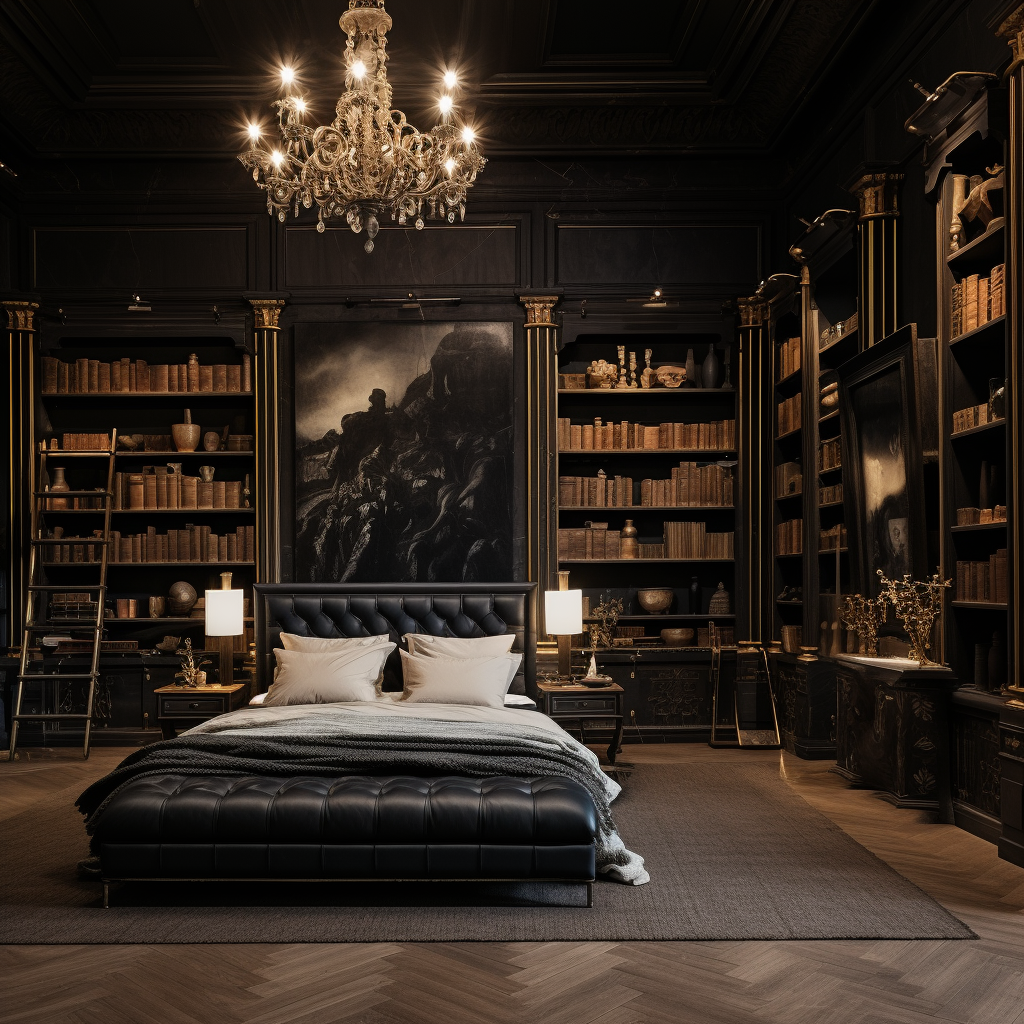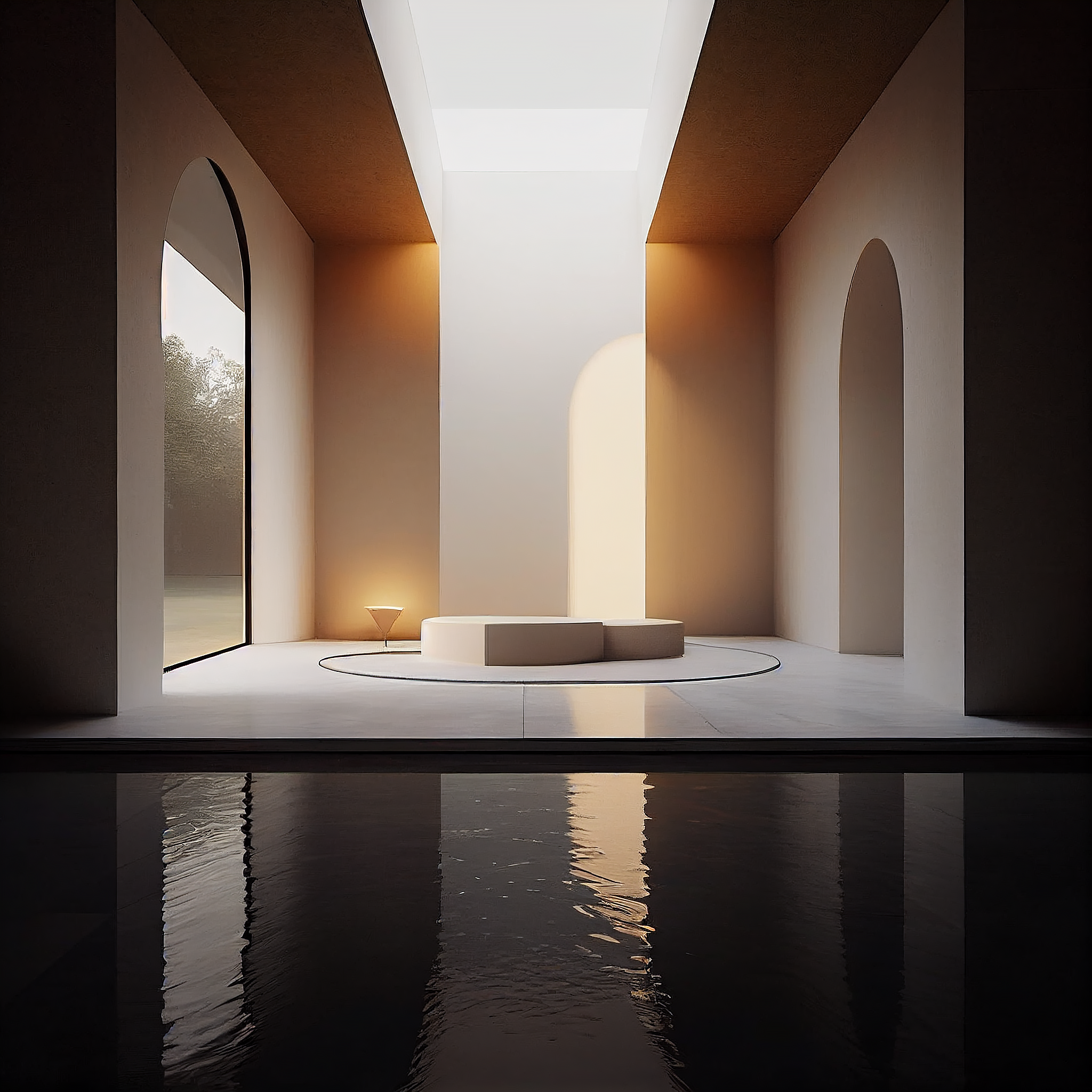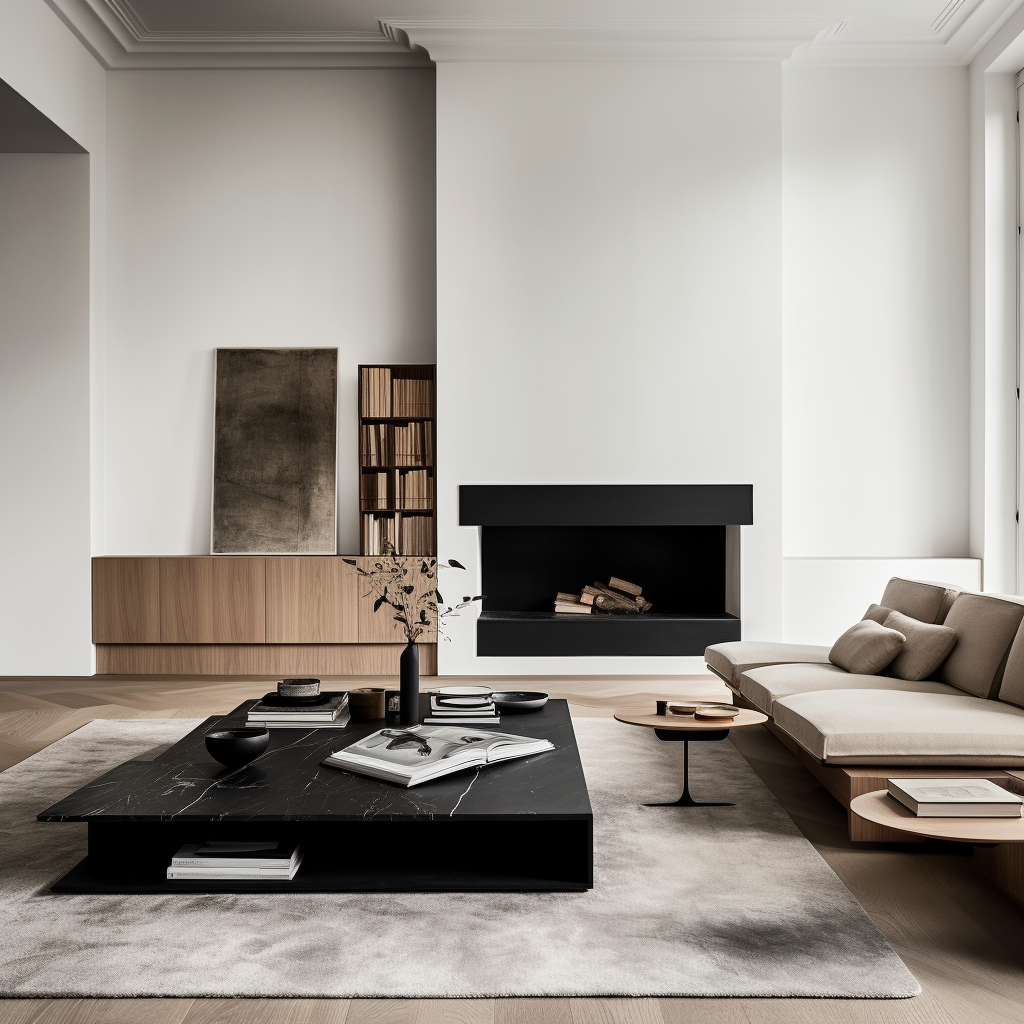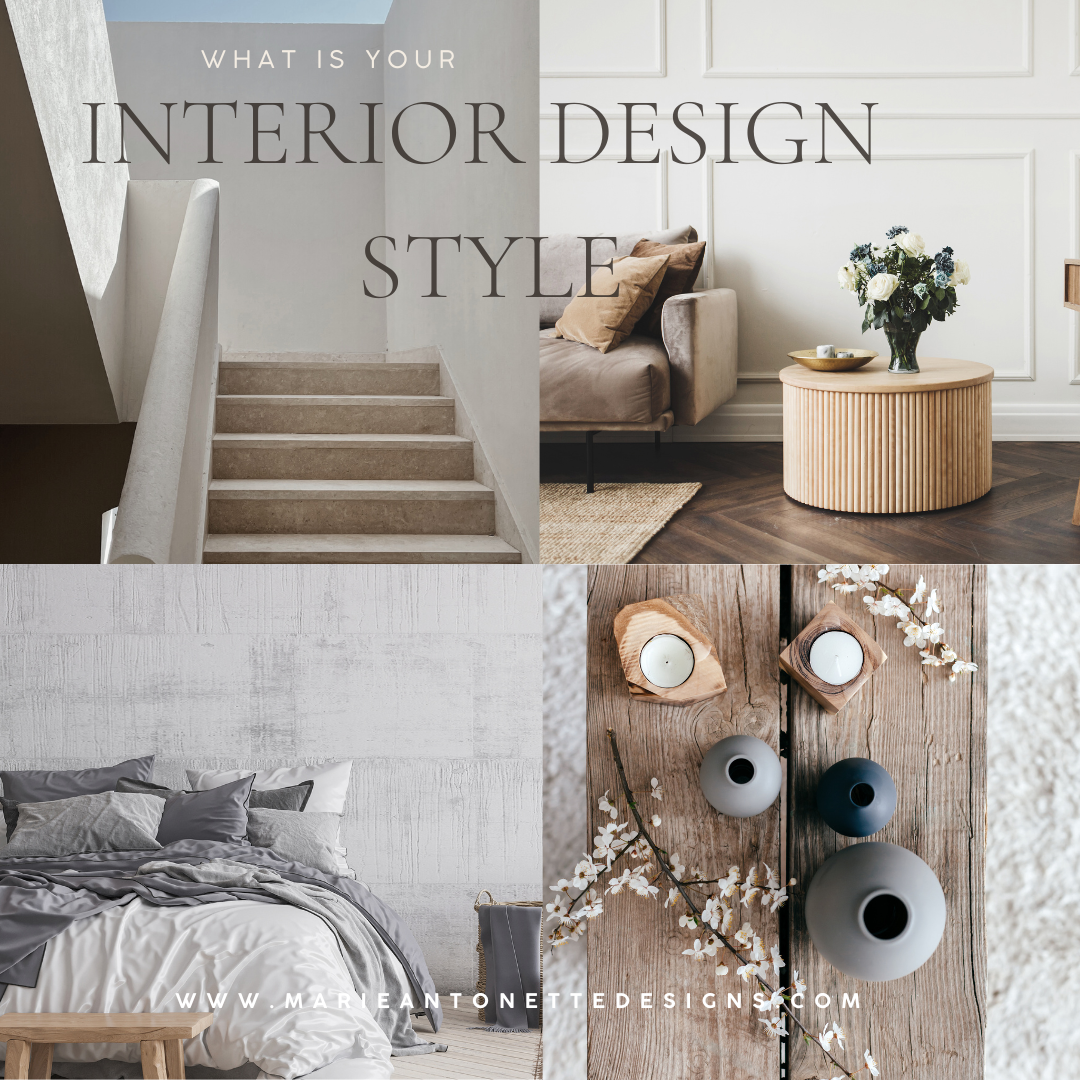Table of Contents
Understanding the Local Interior Design Scene
Researching Designers and Artisans
Exploring Local Markets and Artisanal Shops
Seeking Out Unique Vintage and Antique Pieces
Connecting with Local Art and Design Communities
Prioritizing Quality and Craftsmanship
Creating a Personalized and Curated Collection
Overcoming Language Barriers with Confidence
Negotiating and Bargaining Like a Pro
Adapting Your Style to Embrace Cultural Influences
Attending Design Exhibitions and Trade Shows
Documenting Your Interior Design Journey
Packing Tips for Traveling with Interior Finds
Embracing Sustainable and Ethical Design Practices
Understanding the Local Interior Design Scene
To shop like an interior designer when traveling, it's essential to gain insights into the local interior design scene. Each destination has its own unique style, craftsmanship, and design influences. Take the time to research and familiarize yourself with the local aesthetic, architectural styles, and notable interior designers or artisans in the region. This knowledge will serve as a foundation for your shopping experience and help you make informed choices.
Researching Designers and Artisans
One of the key aspects of shopping like an interior designer is to discover talented designers and artisans in the places you visit. Research and identify local designers who align with your personal style and aesthetic preferences. Look for renowned artisans who specialize in traditional craftsmanship or innovative design techniques. Online platforms, design magazines, and social media can be valuable resources for finding these hidden gems.
Exploring Local Markets and Artisanal Shops
To truly immerse yourself in the local design culture, venture beyond the mainstream shopping districts and explore local markets and artisanal shops. These places often showcase unique handmade items, including furniture, textiles, ceramics, and decorative pieces. Engage with the vendors, ask questions about the craftsmanship and materials used, and appreciate the stories behind each creation. By shopping in these venues, you support local artisans and bring home exceptional pieces with cultural significance.
Seeking Out Unique Vintage and Antique Pieces
Vintage and antique shops are treasure troves for interior design enthusiasts. They offer a glimpse into the past and the opportunity to acquire timeless pieces with character. Research and visit renowned vintage and antique stores in your destination. Be open to unexpected finds and let your instincts guide you. When examining items, pay attention to their condition, authenticity, and potential for restoration. Vintage and antique pieces can add depth and history to your interior design.
Connecting with Local Art and Design Communities
To truly immerse yourself in the local design scene, connect with the art and design communities of your travel destination. Attend art gallery openings, design exhibitions, and networking events. Engage in conversations with artists, designers, and fellow enthusiasts. Such interactions not only allow you to gain valuable insights and expand your knowledge but also provide opportunities to discover unique and upcoming talents in the local design scene. Networking and building connections with like-minded individuals can lead to collaborations, access to exclusive design events, and insider tips on the best places to shop for remarkable design pieces.
Prioritizing Quality and Craftsmanship
As an interior designer, you understand the importance of quality and craftsmanship. When shopping for interior items during your travels, prioritize pieces that showcase exceptional craftsmanship and attention to detail. Look for items made from high-quality materials that are built to last. Examine the construction, joints, and finishes to ensure durability. Investing in well-crafted pieces not only enhances the aesthetic of your space but also ensures longevity.
Creating a Personalized and Curated Collection
The beauty of shopping like an interior designer when traveling is the ability to curate a unique collection that reflects your individual style and tells a story. Avoid the temptation of buying everything you come across. Instead, be selective and thoughtful in your purchases. Consider how each piece will fit into your existing interior design scheme and how it will contribute to the overall ambiance. Aim for a collection that is cohesive, balanced, and showcases your personal taste.
Overcoming Language Barriers with Confidence
When shopping in foreign countries, language barriers can sometimes pose a challenge. However, with a little preparation and confidence, you can navigate these situations smoothly. Learn a few basic phrases or keywords related to interior design, such as materials, colors, and measurements, to facilitate communication. Additionally, consider using translation apps or bringing along a pocket-sized design dictionary to help bridge any language gaps. Remember, a smile and a friendly demeanor can go a long way in establishing connections and overcoming language barriers.
Negotiating and Bargaining Like a Pro
In many countries, bargaining is a common practice, especially in local markets and smaller shops. To shop like an interior designer, it's essential to master the art of negotiation. Approach bargaining with respect, patience, and a willingness to compromise. Research local customs and etiquette regarding bargaining to ensure you navigate the process appropriately. Be prepared to walk away if the price doesn't align with your budget, but always be open to a fair deal. Remember, the goal is to strike a balance between getting a good price and valuing the artisan's skill and effort.
Adapting Your Style to Embrace Cultural Influences
Part of the thrill of shopping like an interior designer when traveling is embracing the cultural influences of your destination. Be open to incorporating elements of the local culture into your design aesthetic. Explore traditional patterns, textures, and materials that are unique to the region. By blending these cultural influences with your personal style, you can create a truly captivating and eclectic interior design that tells a rich cultural story.
Attending Design Exhibitions and Trade Shows
Design exhibitions and trade shows offer a wealth of inspiration and the opportunity to discover the latest trends in the industry. Research and attend local design events happening during your travels. These events often bring together designers, artisans, and suppliers, providing a platform to source exclusive and cutting-edge design pieces. Take the time to engage with exhibitors, ask questions, and gain insights into the design processes behind the showcased products. These events not only expand your knowledge but also allow you to establish valuable connections within the design community.
Documenting Your Interior Design Journey
As you embark on your journey of shopping like an interior designer when traveling, don't forget to document your experiences. Take photographs of the unique pieces you acquire, the inspiring spaces you encounter, and the local artisans you meet along the way. Create a visual diary or share your experiences on social media platforms dedicated to interior design. By documenting your journey, you not only preserve memories but also inspire others and contribute to the global design community by sharing your insights and discoveries.
Packing Tips for Traveling with Interior Finds
When shopping like an interior designer during your travels, it's important to plan ahead for transporting your newfound treasures back home. Here are some packing tips to ensure the safe journey of your interior finds:
Carry essential packing supplies such as bubble wrap, packing tape, and protective covers.
Use sturdy suitcases or travel bags with sufficient padding to protect fragile items.
Wrap delicate pieces individually in bubble wrap or tissue paper to prevent breakage.
Utilize clothing items, such as sweaters or scarves, to cushion and protect delicate pieces within your luggage.
Pack heavier items at the bottom and place more delicate pieces on top to prevent crushing.
Consider shipping larger or bulkier items separately to avoid excessive baggage weight or damage.
Keep important documents, receipts, and certificates of authenticity organized and easily accessible.
By planning and packing thoughtfully, you can ensure the safe transportation of your interior finds and protect them from any potential damage.
Embracing Sustainable and Ethical Design Practices
As an interior designer, it is essential to embrace sustainable and ethical design practices, even when shopping abroad. Consider the following tips to support sustainable and ethical choices:
Look for locally made or artisanal products that support the local economy and promote traditional craftsmanship.
Opt for sustainable materials and production methods, such as reclaimed wood, recycled materials, or eco-friendly textiles.
Research brands and designers that prioritize fair trade practices and ensure fair wages for artisans and workers.
Choose products with minimal environmental impact, such as those made with non-toxic materials or that have a low carbon footprint.
Prioritize quality over quantity by investing in well-crafted, durable pieces that will stand the test of time.
By making conscious choices and supporting sustainable and ethical design practices, you contribute to a more responsible and environmentally friendly approach to interior design.
Conclusion
Shopping like an interior designer when traveling is an exciting and rewarding experience. By immersing yourself in the local design scene, researching designers and artisans, and embracing cultural influences, you can discover unique treasures that will enhance your home's aesthetic. Remember to prioritize quality and craftsmanship, adapt your style to embrace cultural influences, and engage with the local design community. Through thoughtful planning, packing, and a commitment to sustainability, you can create a curated collection of interior finds that tell a story and add character to your space.




